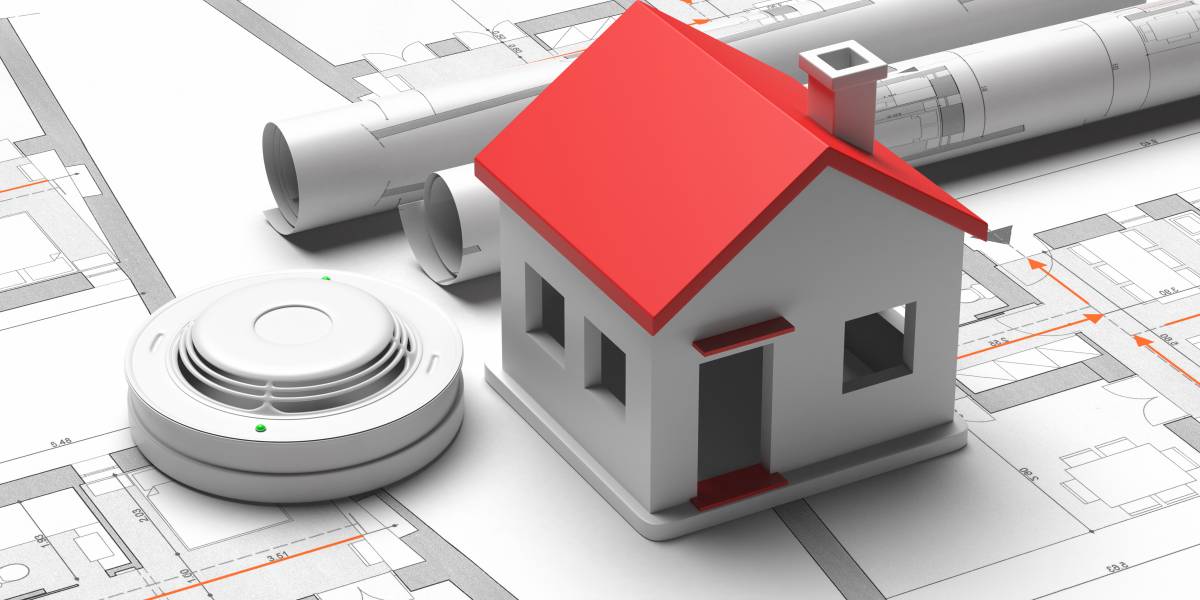Commercial building sprinkler systems are crucial for fire safety and are often mandatory by law. Here’s a breakdown of when they’re required in the United States:
Generally Required:
- New construction: All newly constructed commercial buildings exceeding a certain fire area, typically 5,000 square feet, must have automatic sprinkler systems installed throughout.
- Renovations and expansions: Any remodeling or expansion that increases the total fire area beyond the threshold (often 5,000 sq ft) will also require sprinkler system installation in the new and potentially existing areas.
- Specific occupancies: Certain types of buildings, regardless of size, often require sprinklers due to increased risk or occupant vulnerability. These include:
- Townhomes with more than two units
- Schools and educational facilities
- Healthcare facilities
- Hotels and motels
- High-rise buildings exceeding specified heights (often 55 feet)
Additional factors:
- Local codes and regulations: Specific requirements can vary slightly by state and municipality. Always check your local building codes for the most accurate and up-to-date information.
- Fire marshal approval: Most sprinkler systems need approval from the local fire department before being activated and put into service.
Resources for verifying requirements:
- Local building department: They can provide specific information about sprinkler requirements for your area and project.
- National Fire Protection Association (NFPA): NFPA 13, Standard for the Installation of Sprinkler Systems, outlines general guidelines and best practices for sprinkler systems.
- Consulting with a fire protection engineer: They can assess your specific project and confirm the need for sprinkler systems based on all applicable codes and regulations.
Remember, having a sprinkler system not only fulfills legal requirements but also significantly improves fire safety and potentially reduces insurance costs. It’s always wise to prioritize fire protection for the safety of occupants and the protection of your property.
Maintenance and Testing Requirements for Commercial Building Sprinkler Systems
Maintaining and testing commercial building sprinkler systems are crucial for ensuring their effectiveness in case of a fire.
Maintenance:
- NFPA 25 Standard: This standard outlines the recommended inspection, testing, and maintenance (ITM) procedures for water-based fire protection systems, including sprinklers.
- Frequency:
- Monthly: Basic visual inspection of gauges, alarms, and control valves for proper operation.
- Quarterly: More thorough inspection of system components, drainage tests, and waterflow alarm tests.
- Annually: Comprehensive inspection of all system components, including sprinkler heads, piping, hangers, and valves. Lubrication of control valves and cleaning of deluge and dry pipe valves might also be required.
- Five-yearly: Internal inspection of sprinkler heads for older systems (typically over 50 years old).
- Documentation: Maintain detailed records of all inspections, tests, and maintenance performed.
Testing:
- Types of tests:
- Hydrostatic tests: Pressure testing of piping to ensure strength and integrity.
- Dry pipe valve tests: Testing the operation of dry pipe valves in dry pipe systems.
- Deluge valve tests: Testing the operation of deluge valves in pre-action and deluge systems.
- Flow tests: Testing water flow from sprinkler heads to verify adequate coverage and pressure.
- Frequency: Testing frequency varies depending on the specific component and system type, but generally aligns with the inspection schedule outlined above.
Additional requirements:
- Qualified personnel: Inspections and tests should be performed by qualified fire protection technicians familiar with NFPA 25 and local codes.
- Reporting: Report any deficiencies or issues identified during inspections or tests to the appropriate authorities and ensure timely repairs or corrective actions.
- Impaired systems: Sprinkler systems with impaired components or deficiencies must be promptly repaired or taken out of service to avoid false alarms or failure to function in a fire.
Remember, adhering to proper maintenance and testing protocols is crucial for ensuring the reliability and effectiveness of your commercial building’s sprinkler system. Regular inspections and tests can identify potential problems early on, prevent system failures, and ultimately save lives and property in the event of a fire.
For further information, you can refer to NFPA 25 or consult with qualified fire protection professionals in your area. They can assess your specific system and provide guidance on adhering to the relevant maintenance and testing requirements.





